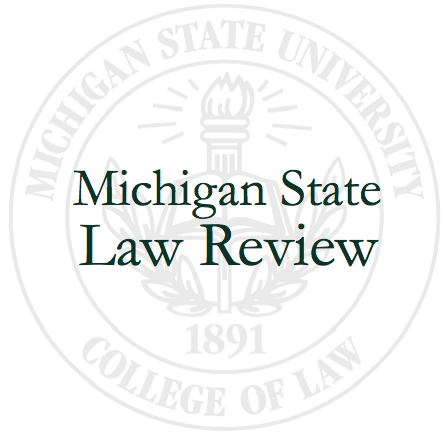Paul Hadley’s Watercolors: Orphan Works or Not?
By: Jennifer Muse
Finding the Owner
Adopted in 1917, the flag of Indiana was designed by a Mooresville, Indiana artist named Paul Hadley. Hadley was also known for his outdoor sketches and watercolors, five of which are now owned by the Indianapolis Museum of Art through donations and acquisitions. None of these five works are dated, creating an issue for determining copyright status. Only works published in the United States before 1923 no longer hold a copyright. Since Hadley lived from 1880 to 1971, the Indianapolis Museum of Art (IMA) wanted to find the copyright owner for these five works.
As an intern with the IMA’s Rights and Reproductions department, my task was to find the copyright owner of Hadley’s works. First, I searched groups who represent artists for Hadley, such as the Artists Rights Society, Visual Artists and Galleries Association, the Design and Artists Copyright Society, and the Bridgeman Copyright Service. Next, I turned to online search engines, database listings, and the Library of Congress. When those failed to turn up results, I reached out to the community of cultural institutions, searching through online forums and directly contacting other organizations with connections to Hadley or works created by him. Finally, I corresponded with Hadley’s hometown librarian in Mooresville, Indiana, who did his own searching for an heir and talked to people in the community who knew Hadley. To this day, no copyright owner has been found.
The IMA faces an interesting problem, should they ever want to reproduce the work of this Hoosier: Who do they contact for permission?
Searching for the Answers
The Internet is a vast array of knowledge and connections. A quick search on Yahoo! or Google can easily achieve a hundred thousand results. Even with the availability of search engines, private databases, public and private forums, and contact information for millions of people, it can be a daunting task to find a copyright owner for one of the many works published in the last 92 years. For most artistic works, cultural institutions only own the physical copy of the work, not the intellectual property rights. Finding these copyright holders can be a formidable task, especially when the search falls short and the copyright owner cannot be located, as in the case of Paul Hadley.
Works like Hadley’s are commonly referred to as orphan works. Orphan works are copyrighted works where the copyright owner is impossible to find, contact, or even identify. Current copyright law does not address what should or could be done with orphan works. The United States Copyright Office has noted that “[f]or good faith users, orphan works are a frustration, a liability risk, and a major cause of gridlock in the digital marketplace.” The Copyright Office held a roundtable in March of 2014 to solicit comments from the public, in order to advise Congress on possible next steps for legislation.
Finding a Solution
Other countries, such as members of the European Union and the United Kingdom, have implemented solutions to the orphan-works problem. The European Union issued a directive allowing for cultural institutions to digitize and display orphan works for noncommercial purposes after a “diligent search” has been made for the rightholder. Notably, the United Kingdom has added to this solution and announced a new licensing system for orphan works in October of 2014. After a diligent search as required by the EU Directive, any person wanting to use an orphan work may apply to the United Kingdom Intellectual Property Office for the use. A market-rate fee is charged to the potential licensee, which is held to compensate the rightholder if one comes forward. A listing of all potential and granted licenses will be maintained by the Office, and rightholders can check about their works.
While the hope for legislation in the United States remains, institutions are stuck in a difficult position regarding orphan works for now. Institutions may find guidance in the statements of best practices published by the Society of American Archivists in 2009 and the Center for Media & Social Impact, the Program on Information Justice and Intellectual Property, and the Berkeley Digital Library Copyright Project in 2014. Many of these institutions have a mission to educate and expose the public to artistic works—therefore, not using these works in reproductions and publications limits the public exposure to the works. However, using orphan works without permission opens the institution up to potential copyright infringement claims. While some reproductions and uses may fall under the category of fair use, the distinction between fair use and infringement is blurry. Each institution must make its own determination of how and when to use orphan works.
So, for now, enjoy Paul Hadley’s art at the Indianapolis Museum of Art and anywhere you see the Indiana state flag.
